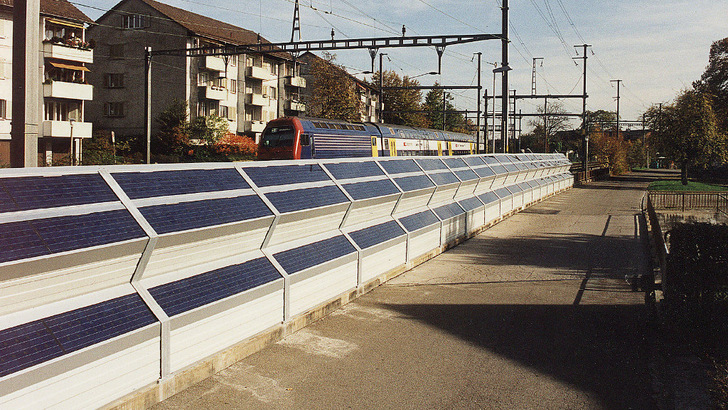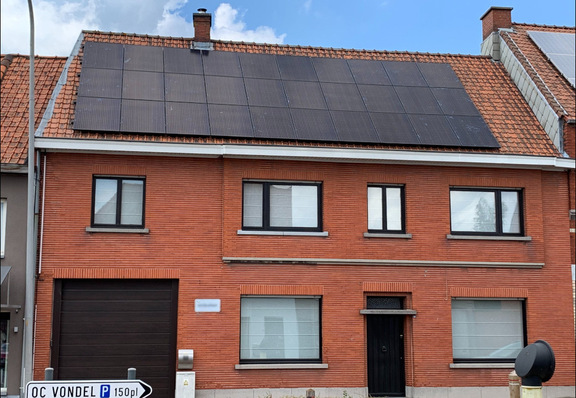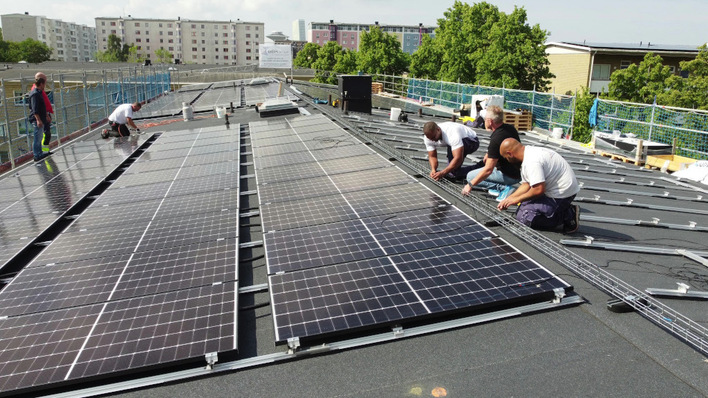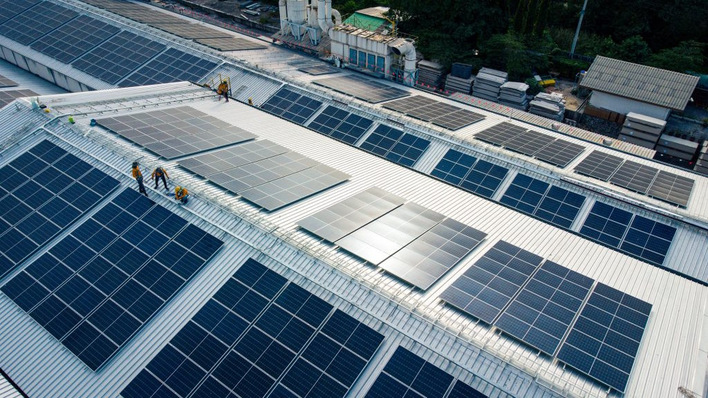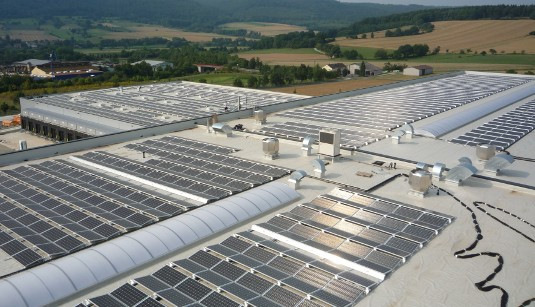The noise barriers built in Switzerland can supply up to 101 gigawatt hours of solar electricity every year. The prerequisite is that all noise barriers are covered with solar installations, as far as this is possible and economical. This would be possible with a solar capacity of 111 megawatts. This is the result of a study commissioned by the Swiss Federal Council at the instigation of Bruno Storni, a member of parliament from the Swiss Social Democratic Party.
Minimum requirements taken into account
This potential is far below what is technically feasible. However, the authors of the study subtracted the potential that would hardly be economically feasible according to the current state of the art. In addition, they had to take into account site conditions such as shading of the walls or safety aspects.
Much potential for roads and railways
101 gigawatt hours sounds a lot. But this is only 0.15 per cent of the usable solar potential on roofs and facades used for comparison in Switzerland. For the federal road administration Astra and the Swiss Federal Railways (SBB), however, it is nevertheless a major step towards climate neutrality. After all, solar installations on noise barriers near road tunnels alone cover eleven per cent of the potential on Astra's total surfaces.
See also: Alpine solar plant delivers electricity for the first time
The potential for solar installations on noise barriers along railway lines is just as high as the potential that SBB could raise if it covered all platforms in Switzerland with photovoltaics.
More areas will become economically viable in the future
However, the authors emphasise that this is not a conclusive assessment of potential. For example, the technical development of photovoltaics will also make further installations on noise barriers possible. Furthermore, the additional expenses for installation on noise barriers, for example for acoustic or landscape studies, will decrease due to economies of scale, making more areas economically feasible. (su/mfo)
Also interesting: Massive expansion of renewables is needed


